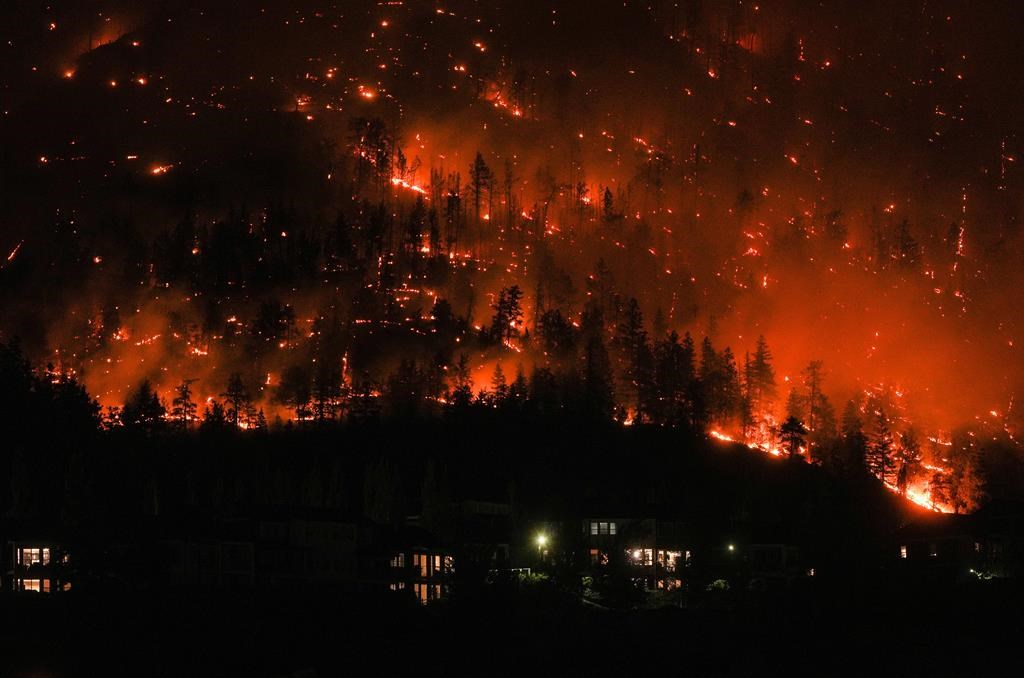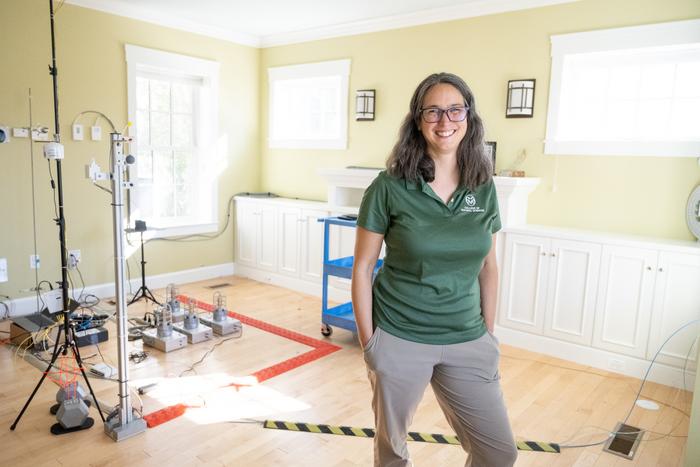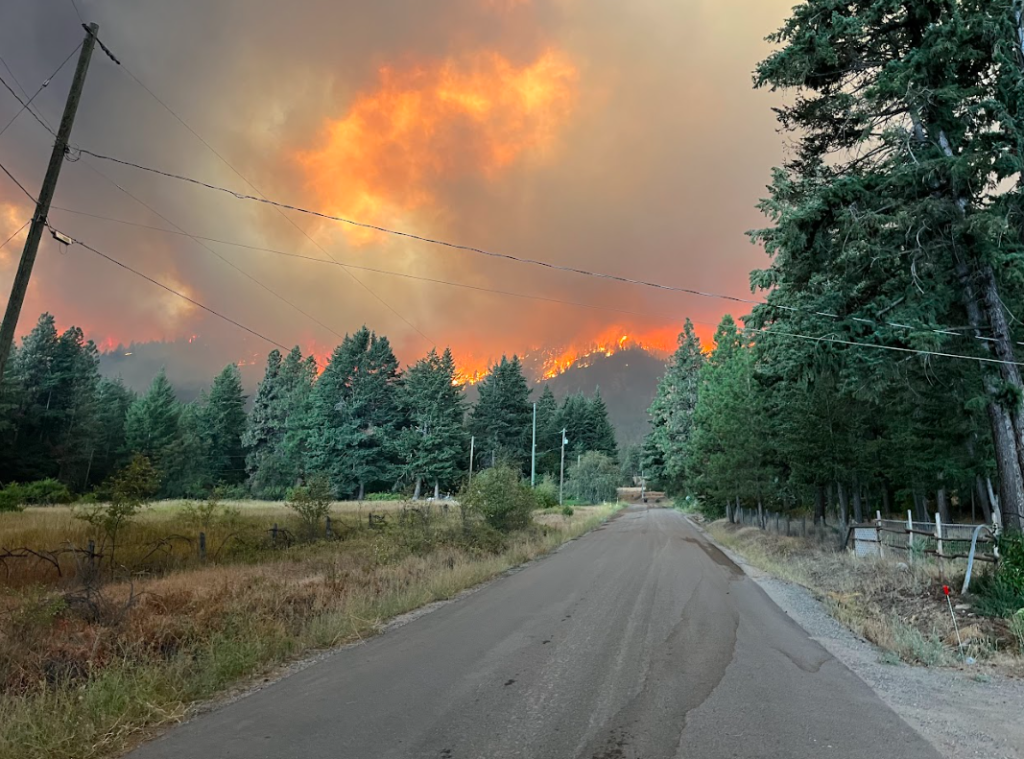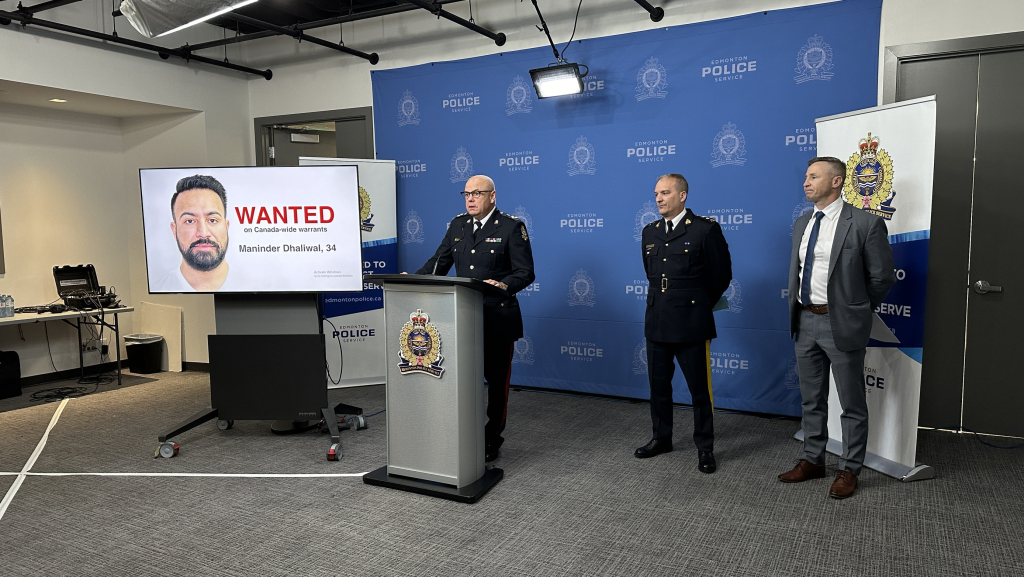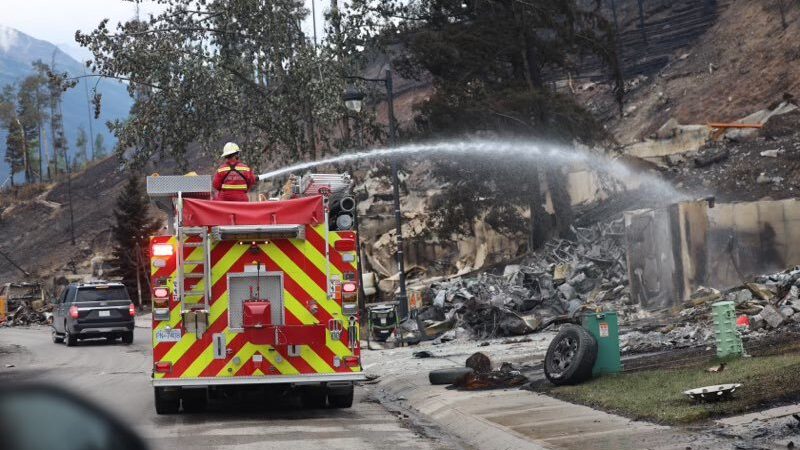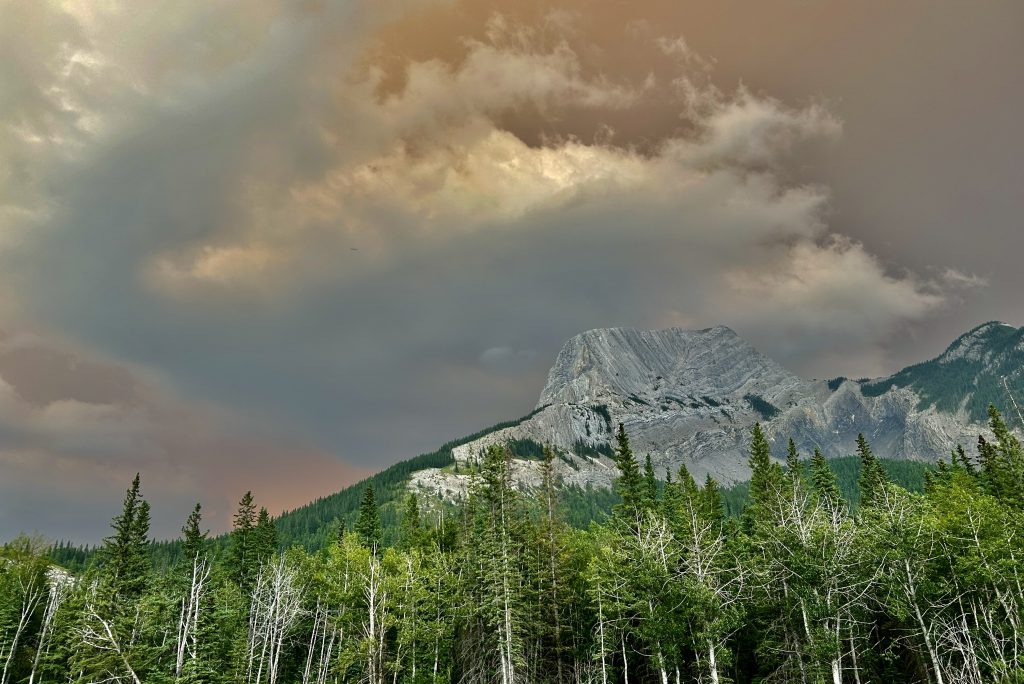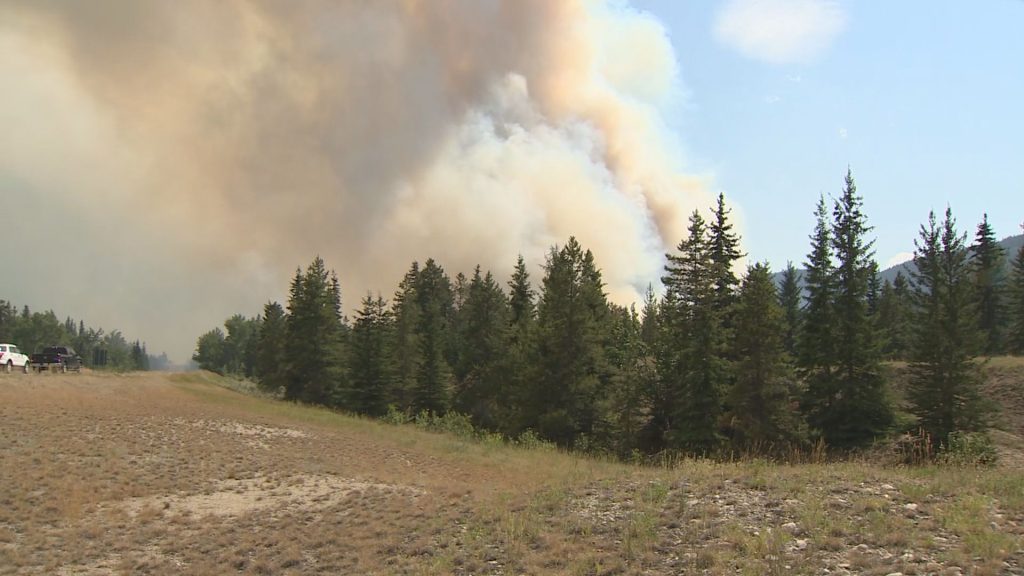Alberta Wildfire begins firefighter recruitment testing
Posted January 8, 2024 2:47 pm.
Alberta Wildfire officials were busy throughout the weekend, running hundreds of hopefully recruits through fitness testing – the first step in the wildfire crew hiring process.
On January 6, 7,375 Alberta Wildfire applicants participated in fitness testing at the Edmonton Expo Centre, hoping to successfully complete the physical portion so they can move on to the interview process.
The hiring process started in November, and this year there are approximately 183 spots open for competition.
Alberta Wildfire Provincial Wildfire Operations Coordinator Ben Jamieson says recruits are there as part of the hiring process for Alberta’s Unit Crew and Helitack teams.
Richard Burton was in attendance over the weekend trying out. He came in from Ottawa to visit family and take part in the training.
“It’s just a great opportunity,” Burton said. “Some wildfire across Canada got particularly bad out west, so it seems like a great opportunity to be fighting fires here.”
Burton passed the test and spoke with CityNews following the news. “You end up with a good burn on your muscles – your calves, your quads because you’re running up and you have weights on you, so I would say that’s the hardest part is the muscle burn that you get from the weight on you.”
“It’s a growing issue across the world, across Canada. It would feel great to contribute to try and prevent these things and keep everyone safe,” Burton said.
Edmontonian Nathan Carter also tried out, passing his fitness test Sunday.
RELATED:
“I want to be a firefighter long term and move into structural some day and seeing all the wildfires last year got me interested and want to get my foot in the door and get some time on the line, some real action”
Carter was thrilled to pass and said, “I was nervous at first. I mean everybody is scared you’re not going to pass, but it was good.”
“Just powering through it, just endurance I guess. Kinda just gotta keep your mind on it and it’s kind of matter really,” Carter said.
According to the province’s website, Unit Crew members work on a 20-person crew and they work to contain and completely extinguish fires.
Helitack team members work on a four- or eight-person crew, and they are usually the first to respond to a wildfire – transported by helicopter.
National testing standard
The testing, known as WFX-FIT, tests wildland firefighters to see if they can meet the demands required to safely and efficiently complete “the critical emergency tasks involved in wildland fire fighting in Canada.”
“This fitness test was developed nationally for all the fire agencies across Canada and it’s to simulate what it’s like to do the job,” Jamieson said.
The testing was last updated in 2011.
“Previously to this, each agency across Canada had their own fitness testing,” Jamieson said. “Then they wanted to have something that was standardized across Canada and they brought this in in 2011, and it is a challenging test – there is no doubt. It’s hard, but so is the job.”

Participants have 14 minutes and 30 seconds to complete a series of tests – including carrying a pump on their back, a hand carry pump, a hose pack lift, and a charged hose advance, with most items weighing more than 55 lbs.
“This fitness test was developed nationally for all the fire agencies across Canada and it’s to simulate what it’s like to do the job,” Jamieson said.
Jamieson tells City News there is a six-week training course people can take to help them prepare for the fitness testing.
“When the Canadian Interagency Forest Fighting Centre (CIFFC) went out with a contract to develop this, they needed a standard that was the job, so they took incumbent firefighters at the time in British Columbia, Alberta, across the country, they did this huge road show trying everything out,” Jamieson said.
“So they would put a VO2 mask on and they would say ‘put this pump on your back, head up this hill and let’s measure how hard it is on the body to do it, let’s ask how hard did that feel, so they had the exertion rates, they had the actual VO2 max and then they started to develop the tests around the common tasks and so then they would throw the mask on and they would do this test and they found that the test was similar to doing the actual tasks so then they went and validated it by doing it across the country, getting the firefighters to do it again and saying ‘is this what it’s like to do the job’ and then they implemented that.”
Making a career out of seasonal work
Jamieson tells City News he started with Alberta Wildfire in 2003 and has had a rewarding and successful career.
“This is an exceptional job and exceptional career. I started on a fire crew back in 2003, fell in love with the job, made a career of it and I’ve been fighting fires since 2003 and I implore those Albertans that are anywhere across Canada to give it a try. It’s an industry that is not going away – it’s always going to be there and it’s always going to be there and it’s an exciting industry and you never know what you’re doing day to day it’s exciting, it’s hard work, but it’s really rewarding and it’s a great team of people that you can work with. I found it very rewarding to be able to work with people from
All around the world this past summer – it’s very fun to meet people from
RELATED:
Other agencies and say “How do you do this” and it’s kind of like this family across (the country) because we all go through and we all know what it’s like to kind of do this job and we support each other and it’s a rewarding part of the job”
“For me, memorable and challenging is when I first started on a wildfire crew, I saw an ignition specialist working on a fire, steering the head of a fire away from one of our towers and I said back in 2005 as a Helitack crew leader that that’s what I want to do with my career and that’s what I want to do with my life, and I’ve been working ever since then to become an ignition specialist and reaching that goal in my career and becoming qualified ignition specialist is memorable and it was very rewarding”
“In terms of challenging, it’s leaving my wife and kids and having to go out to the fireline,” Jamieson said. “They know when they see the yellow and greens in the spring, that it’s that time of year, and as the kids get older that part becomes challenging and it’s hard”. He says he’s grateful for Facetime and wifi.
Officials preparing for dry season, focused on specific areas
“There are currently 62 wildfires burning across the province and those are something we will have to monitor closely as we get new starts as well throughout the season as it progresses,” said Colby LaChance, area information coordinator with the Lac La Biche Forest Area.
LaChance says those fires are being monitored closely, as well as the dry conditions.
She says having that many current fires is unusual.
“Due to the record-breaking season that is something that is unusual for us. This is an unusual season for us and that has also lingered into the winter season as well, and then as we get into the current fire season, that is something we are going to monitor closely,” said LaChance.
Due to the above seasonal temperatures and low precipitation that we have been experiencing, that is something that is weighing on the back of our mind and we are aware of it and we are preparing for it as well.”
She added that part of the focus area will be dependent on rainfall in April and seasonal snow melts.
“Something that is a determining factor is the dryness that we will be experiencing, and since we’ve been experiencing it for a few years, the main points of dryness for the province will be the High Level forest area, as well as the Fort McMurray forest area, so that is a big focus for us as well,” LaChance said.
“It kind of repeats trends. Sometimes we see that once we have a monumental year, it becomes two, so we are gearing up for this year as well, and we are experiencing longer seasons, more dryness, and earlier too. For example, fire season starts March 1, however, most of these fires that occurred this season started about mid-April.”

For those looking to become a wildfire firefighter, there are a few things you’ll need to do, the main thing according to LaChance, is good fitness.
“Our firefighters must maintain good health and physical fitness throughout their whole employment journey with us. This ensures that they can do their job safely on the line,” she explained.
“The fitness test is an important part of the recruitment process. Once they pass the fitness test, they will be invited back for an interview in the coming weeks, and if they pass that interview, then they get invited to the Hinton Training Centre where they will complete one to two weeks of wildfire training – so that’s wildfire theory, practical application, and then they will also be able to work with their equipment that they will be using as the season goes on.”
She added that training usually takes a year or two to become very skilled at firefighting. Noting during training, there is potential to move up into being a crew leader.
